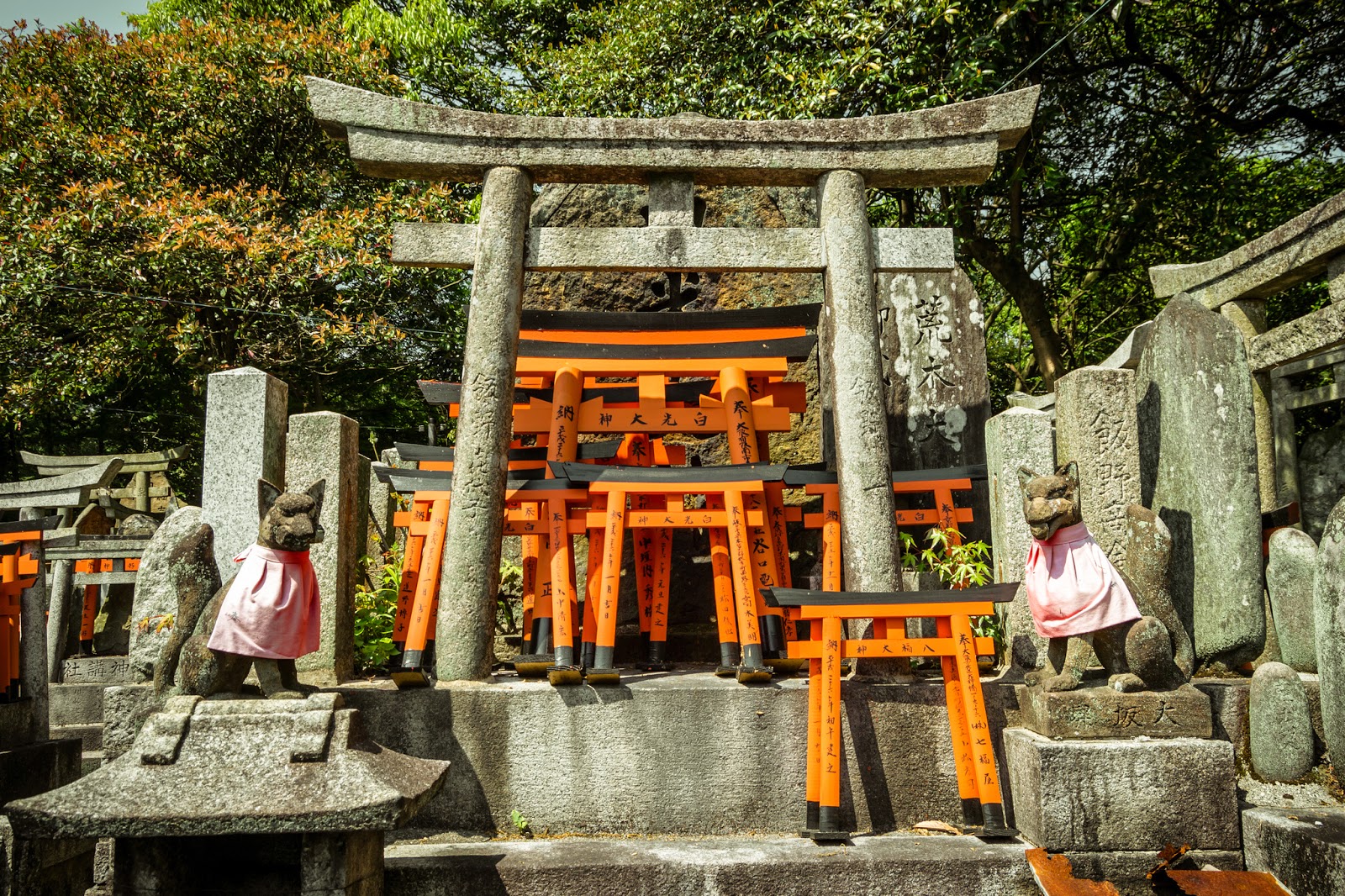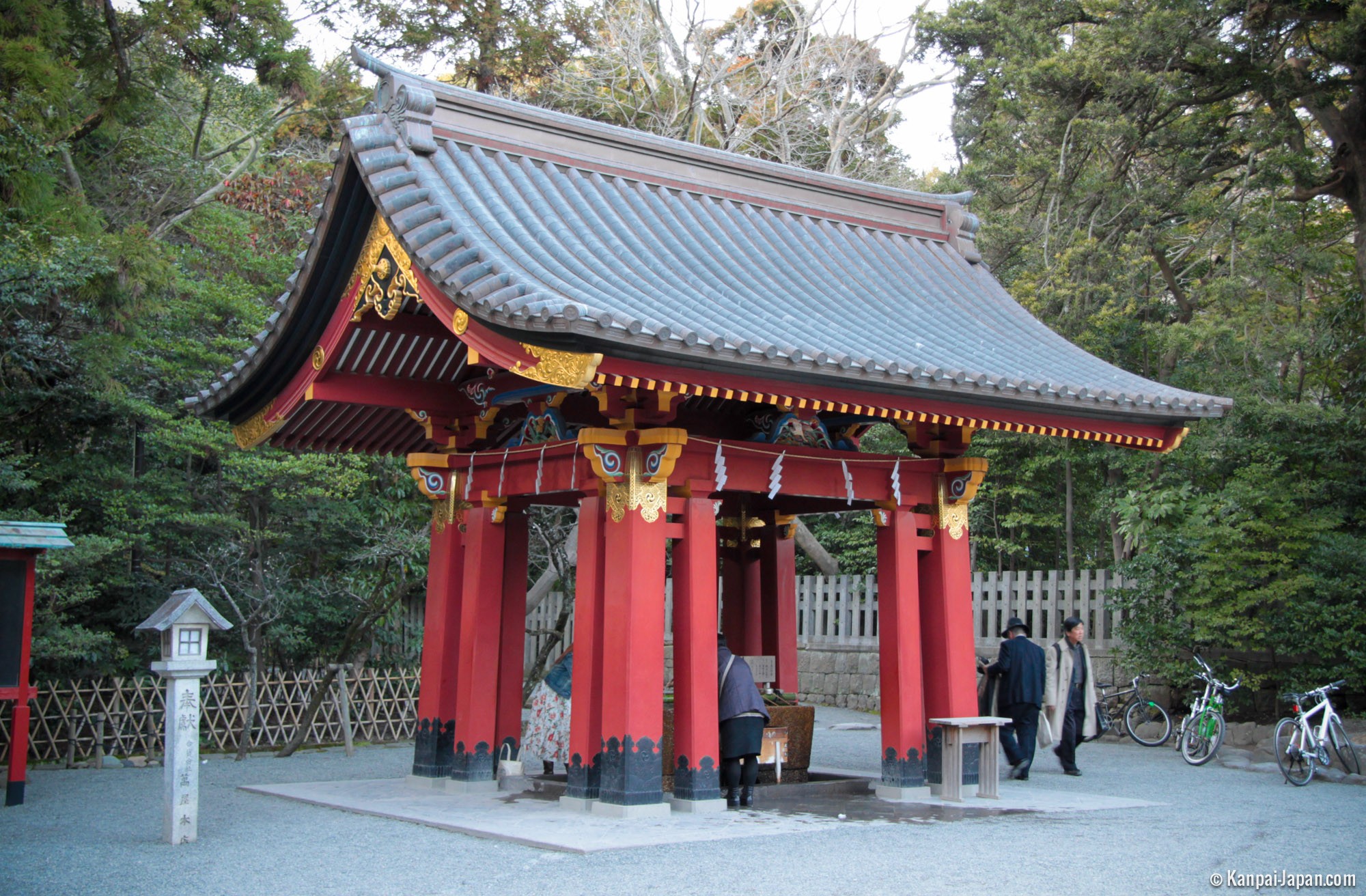


Such a destructive force as fire in a culture where buildings were typically made of wood and paper resulted in Kagutsuchi. The son of Izanami and Izanagi, the fire god is the father of eight warrior gods and eight mountain gods, amongst others. The food is prepared in the morning and evening. Kagutsuchi (aka Hi-no-Kagutsuchi) is the Shinto god or kami of fire and is also known as Homusubi. This process is called Imibiyaden (忌火屋殿). The rice, vegetables and salt are grown in special fields.įinally, Shinto priest prepares the fire. The water is drawn from the Kaminomii Shrine, which is located outside the Ise Jingu Shrine.

The components of this offering meet special criteria in order to be offered. It is performed at the Ise Shrine for Amaterasu Omikami, the most important goddess in Shinto. This practice is also part of Shinto rituals.ġ500 years of prayers and the ultimate food offeringĪs mentioned above, the "ultimate food offering" is called Higoto Asayu Omikesai (日別朝夕大御饌祭). Since I was a little girl, I was often told to eat my kagamibiraki to the last crumb, in order to be protected from illness. They also punctuate the daily life of Japanese people.įor example, if you follow us on Instagram, you must have already heard about Kagamimochi.Įvery year on January 11, Kagamibiraki Day, the Japanese open the Kagamimochi (rice cake) used as an offering in their alcove, all accompanied by a soup made from sweetened red bean paste, also called oshiruko. Offerings do not only take place during matsuri. Just as eating a meal with people builds relationships, so does this process. It is said that eating food containing the power of the deities allows one to receive their blessings and strengthen the ties between humans and the deities. In Shinto, the offerings have a special power, called "the blessing of the deities". The festival participants then enjoy the sake and food that have been offered to the deities together. These offerings are then eaten by the festival participants. Since ancient times, the Japanese have cherished the festivals of each of the four seasons.ĭuring festivals, also called matsuri, the Japanese entertain the deities with sake and food used as offerings. Receiving and connecting with the power of Japanese kami - festivals and "second encounter” The contents of food offerings were determined according to the rank of the shrine, and these rules have been handed down until today. The rules concerning rituals in shrines were established during the Meiji era (1868-1912).


 0 kommentar(er)
0 kommentar(er)
